
In an era where consumer awareness regarding health and food safety is at an all-time high, the demand for natural alternatives to chemical preservatives in the food industry has surged significantly. This growing preference stems from legitimate concerns over potential health hazards associated with synthetic substances and a collective desire for more nutritious, safer, and longer-lasting food options. The overarching objective in this critical shift is to proactively reduce the incidence of foodborne diseases, a threat that impacts not only consumers but also food companies and regulatory agencies worldwide.
Indeed, the focus has increasingly turned towards natural agents that possess both antimicrobial and antioxidant properties. Among these, plant-derived compounds stand out as a particularly promising category. Their inherent biological defenses against microbial pathogens and predators, cultivated over millennia, offer a rich reservoir of protective substances that can be effectively harnessed for our food systems.
This exploration will enumerate various practical and simple ways to incorporate plant-based preservatives into food for better health outcomes and extended shelf life. We will delve into how these natural compounds function, their sources, and specific applications, providing a comprehensive overview of how nature’s pharmacy can safeguard our daily nourishment. Join us as we uncover the power of plants in preserving our food and promoting well-being.

1. **Utilizing Plant Secondary Metabolites as General Antimicrobials**
Plants are incredible natural chemists, producing a vast array of compounds that serve essential purposes within their own biological systems. Among these, secondary metabolites are particularly noteworthy for their potent antimicrobial actions. Unlike primary metabolites, which are fundamental for an organism’s basic survival, secondary metabolites often act as defense mechanisms or play other specialized roles.
These natural antimicrobials can be readily extracted from various parts of plants, including fruits, vegetables, seeds, herbs, and spices. Their efficacy against pathogenic and spoilage microorganisms makes them increasingly vital for application in a wide range of food items. This broad-spectrum activity positions them as a cornerstone in the development of natural food preservation strategies.
A significant advantage of using these plant-derived secondary metabolites is their dual functionality: they possess both antibacterial and antioxidant characteristics simultaneously. This combination makes them a superior option when compared to many synthetic preservatives, which often lack the added benefit of antioxidant properties. By incorporating these natural agents, we can achieve comprehensive protection against both microbial spoilage and oxidative deterioration in food products, contributing to healthier and safer consumption.
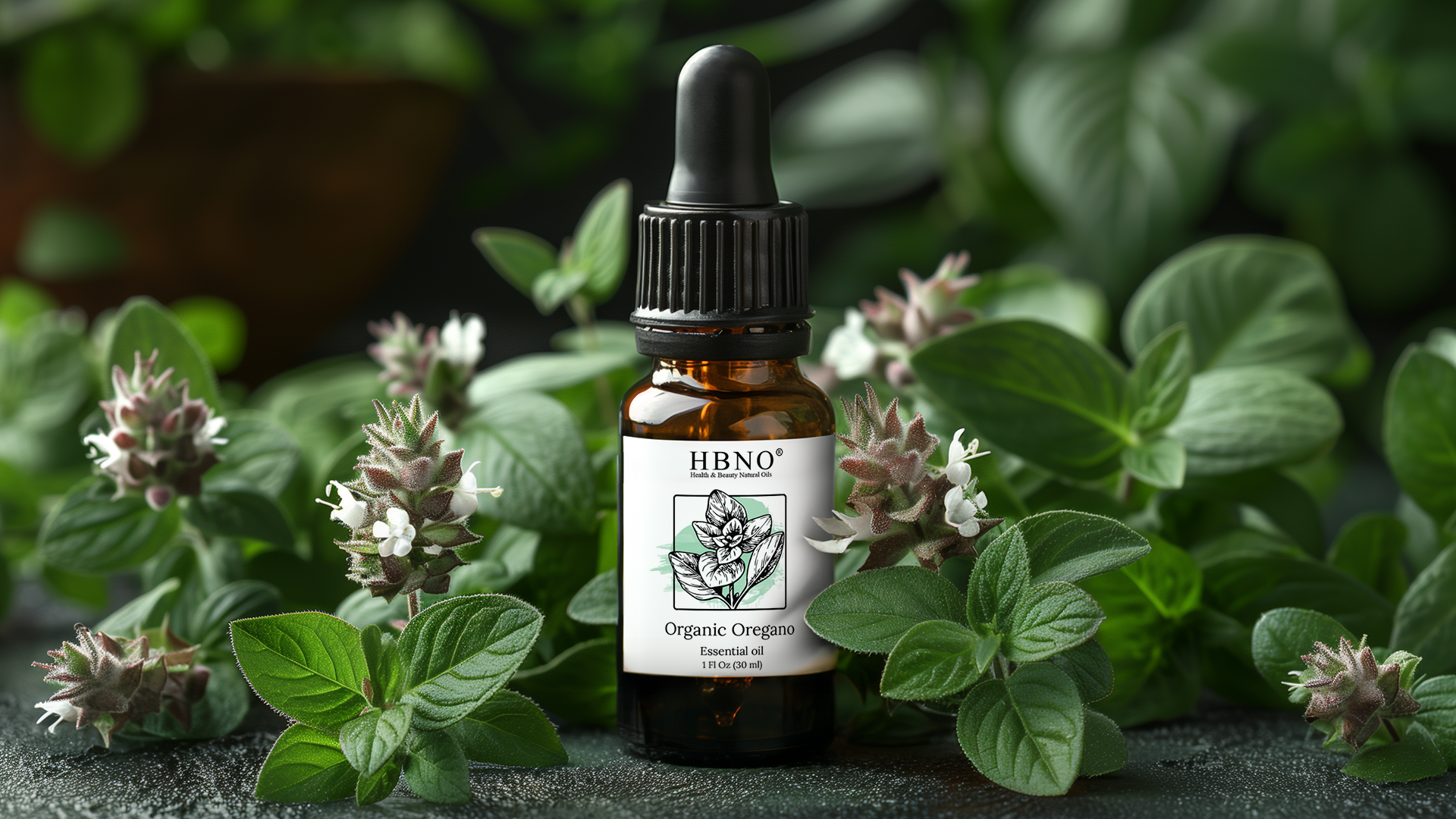
2. **Harnessing Essential Oils (EOs) as Dual-Purpose Additives**
Essential oils, often recognized for their captivating aromas, are much more than just scent providers; they are highly volatile, sweet-smelling molecules with an oily consistency, exquisitely produced by plants. These remarkable compounds can be extracted from various plant components, including flowers, seeds, and leaves, through diverse processes such as distillation and supercritical fluid extraction.
Historically, essential oils and extracts derived from plants have been cherished food additives, primarily valued for their ability to enhance taste and impart distinct flavors to culinary creations. Their journey, however, extends far beyond mere sensory appeal. They have long played a crucial, albeit perhaps less widely recognized, role in extending the shelf life of foods.
The preservative power of essential oils stems from their capacity to prevent rancidity and effectively control microbiological contamination. This is largely attributed to their high concentration of secondary metabolites, such as phenolic compounds, iso-flavonoids, and terpenes. These active chemicals work synergistically to limit or even completely impede the growth of harmful bacteria, offering a natural shield for our food. Furthermore, many essential oils have been classified as “generally recognized as safe” (GRAS) by the US Food and Drug Administration (FDA), underscoring their safety and suitability for food preservation applications. They truly represent one of the most crucial phytochemicals in modern food science.
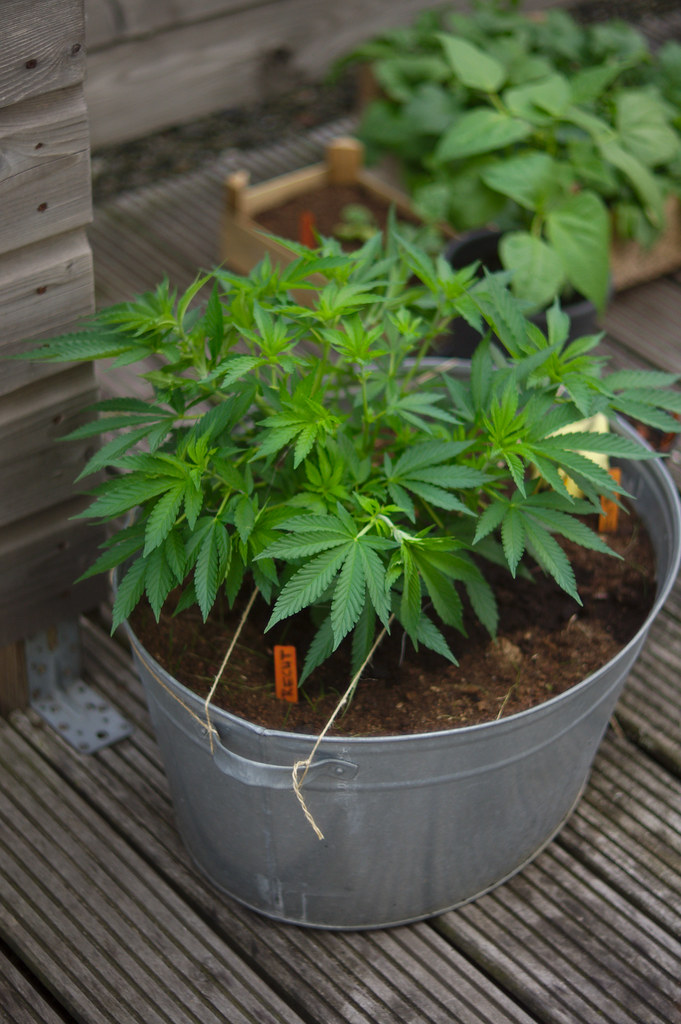
3. **Leveraging Phenolic and Polyphenolic Compounds in Plant Extracts**
At the heart of many plant-based antimicrobial actions lie specific classes of compounds, particularly the phenolic and polyphenolic groups. These are significant components found within secondary metabolite compounds derived from plants. Their robust chemical structures are fundamental to their ability to inhibit microbial activity, making them powerful natural preservatives.
Within these broader categories, several subgroup chemicals play crucial roles. Flavonoids, quinones, coumarins, phenolic acids, tannins, phenols, flavones, and flavonols are all examples of these potent substances. Each of these compounds contributes to the plant’s natural defense system, and when extracted, they transfer these protective qualities to food systems. Their presence in plant extracts is a key indicator of their potential as effective, natural preservation agents.
Phenol itself is a chemical containing a hydroxyl (-OH) group, and its relative microbial toxicity is directly correlated with the amount and specific locations of these phenol groups within the substance. This structural detail highlights the sophisticated biochemical mechanisms through which plants defend themselves, and how these mechanisms can be effectively utilized in food preservation. By understanding and isolating these specific compounds, we can develop targeted, natural preservation solutions that are both efficient and safe for consumption.
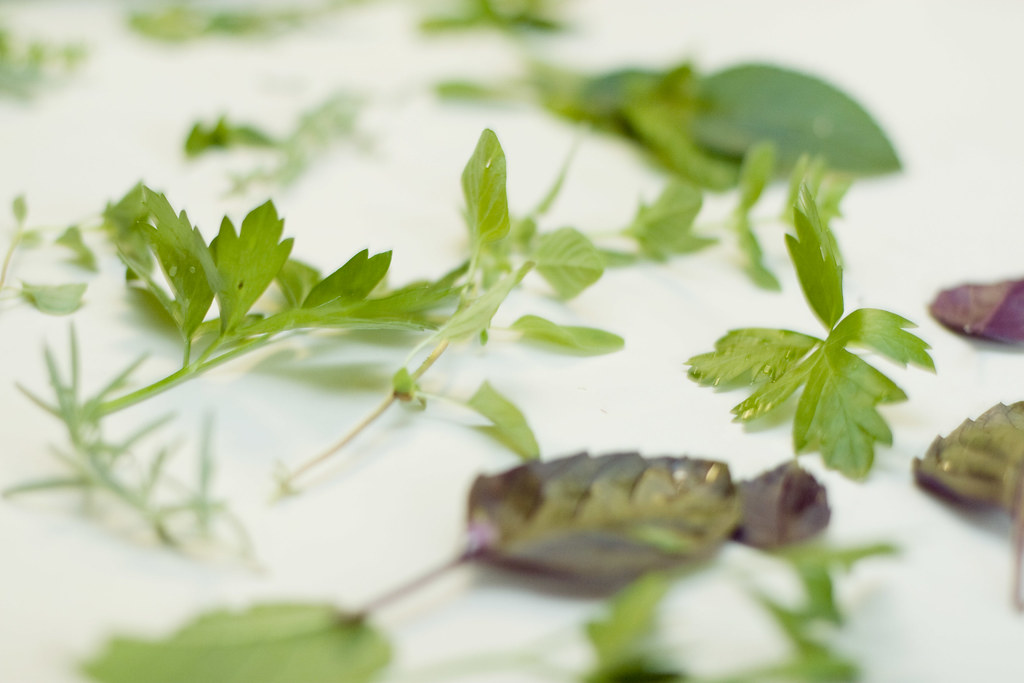
4. **Integrating Herbs and Spices as Direct Antibacterial Agents**
Many common culinary herbs and spices are not merely flavor enhancers; they are powerhouses of natural antimicrobial activity. Varieties such as marjoram, basil, oregano, rosemary, thyme, sage, clove, and cardamom have been utilized for centuries, often inadvertently, for their preservative qualities. Modern science now confirms their potent antibacterial capabilities, attributing much of this to the essential oils they contain.
The essential oils extracted from these herbs and spices possess a high vapor pressure, allowing them to reach and interact with microbes through both liquid and gas phases. This unique characteristic enables a broad distribution of their antimicrobial effects, making them particularly effective in complex food matrices. Their ability to permeate different environments within food enhances their protective reach.
One of the primary mechanisms through which these essential oils exert their antibacterial properties is their hydrophobic nature. They readily interact with the lipids present in the microbe’s cell membrane, leading to the disintegration of the cell wall. This disruption significantly increases the cell’s permeability, damaging the cytoplasmic membrane and ultimately causing leakage of vital cell contents and coagulation of the cytoplasm. The cumulative effect is a profound disruption of the cell’s original structure, rendering the microorganism inactive and thereby preserving the food product naturally and effectively.
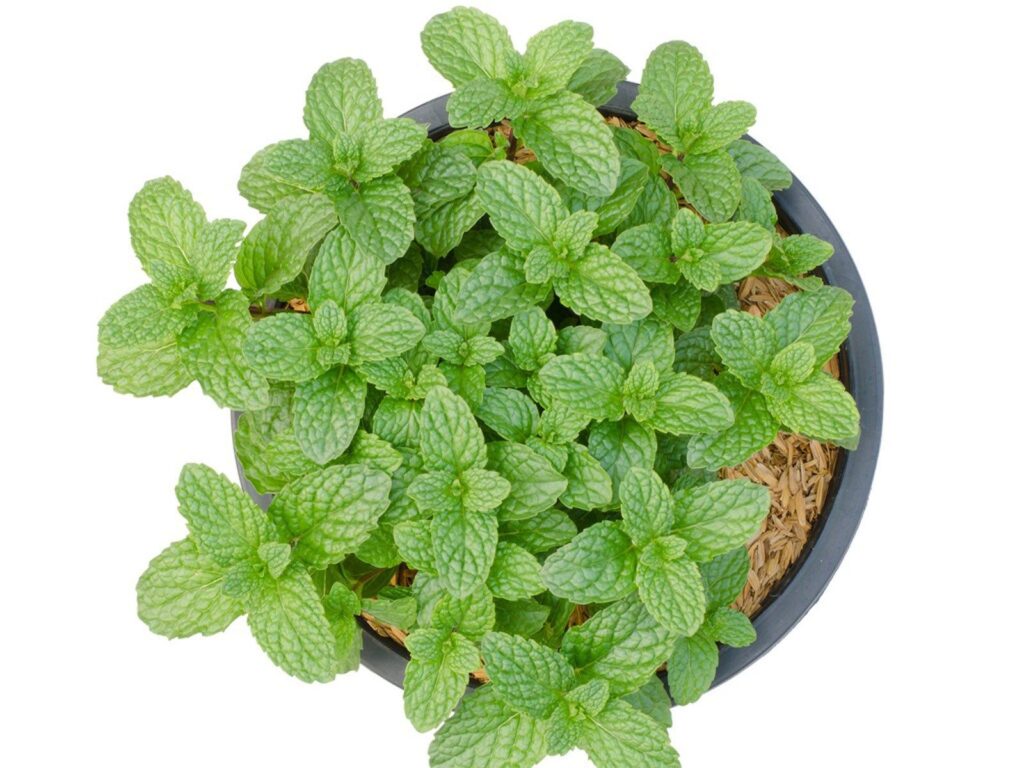
5. **Applying Mint Essential Oil in Edible Coatings for Pathogen Control**
Mint essential oil offers a refreshing and potent solution for food preservation, particularly when incorporated into edible coatings. These coatings provide a protective layer on food surfaces, and when infused with mint essential oil, they become active barriers against microbial spoilage and pathogenic contamination. This innovative approach allows for direct and sustained contact between the antimicrobial agent and the food surface.
Research has demonstrated the significant inhibitory effects of mint essential oil against common foodborne pathogens such as *Escherichia coli* and *Salmonella enteritidis*. Studies, including those by Bitencourt et al., have successfully resolved the inhibition of these bacteria using standard broth dilution approaches with mint essential oil. This evidence underscores its effectiveness as a natural antimicrobial agent in food systems.
Furthermore, the efficacy of mint essential oil in edible coatings is concentration-dependent; higher concentrations lead to a more pronounced reduction in microbiological activity. This allows for tailored applications based on the specific preservation needs of different food products. By integrating mint essential oil into edible coatings, food manufacturers can enhance the safety and extend the shelf life of perishable items, offering consumers a healthier and more naturally preserved option.
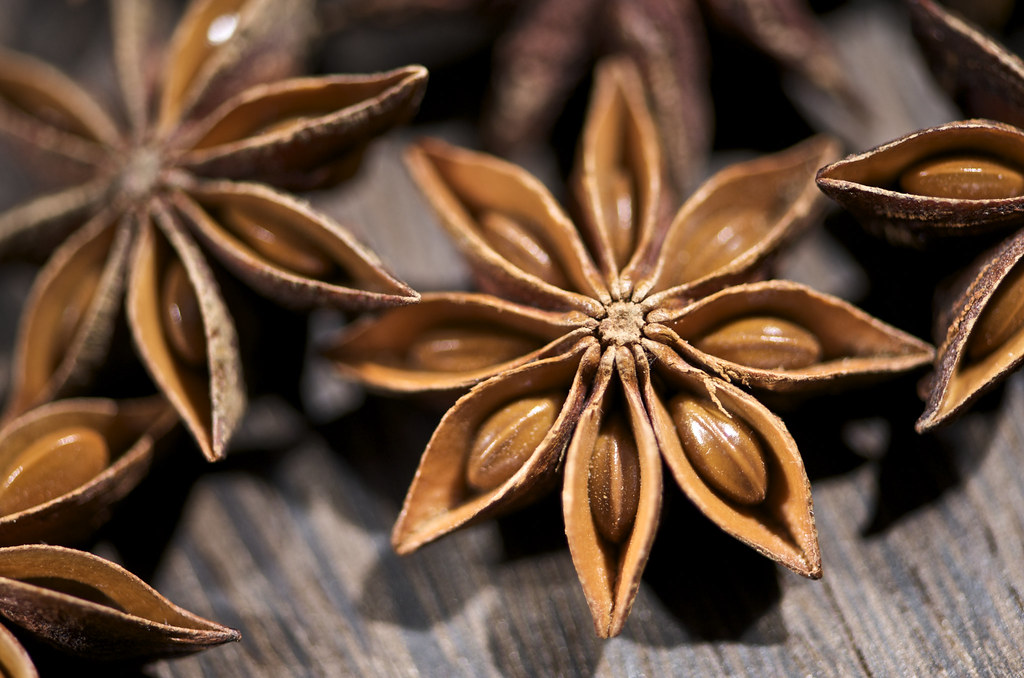
6. **Using Anise Oil for Enhanced Seafood Preservation**
Seafood is particularly susceptible to microbial spoilage, making effective preservation crucial. Anise oil, a plant-derived essential oil, presents an excellent natural solution for safeguarding seafood products. This oil contains multiple active chemicals, including trans-anethole, -trans-bergamotene, and limonene, which collectively contribute to its robust antimicrobial profile.
These active compounds have been shown to effectively inhibit the growth of several bacteria commonly associated with seafood contamination. Notable examples include *Salmonella typhimurium*, *Staphylococcus aureus*, and *Vibrio parahaemolyticus*. By targeting these prevalent pathogens, anise oil significantly reduces the risk of foodborne illness and helps maintain the quality and freshness of seafood.
Beyond bacterial inhibition, anise oil offers an additional, vital benefit: it can prevent spore germination. Spores are highly resistant microbial forms that can survive harsh conditions and later germinate to cause spoilage. The ability of anise oil to inhibit this process further enhances its effectiveness as a broad-spectrum preservative, making it a valuable tool for extending the shelf life of a wide array of seafood products, as highlighted by Matan’s research.
Read more about: Honest Question: What Gives? 12 Once-Popular American Eats Nobody Touches Now
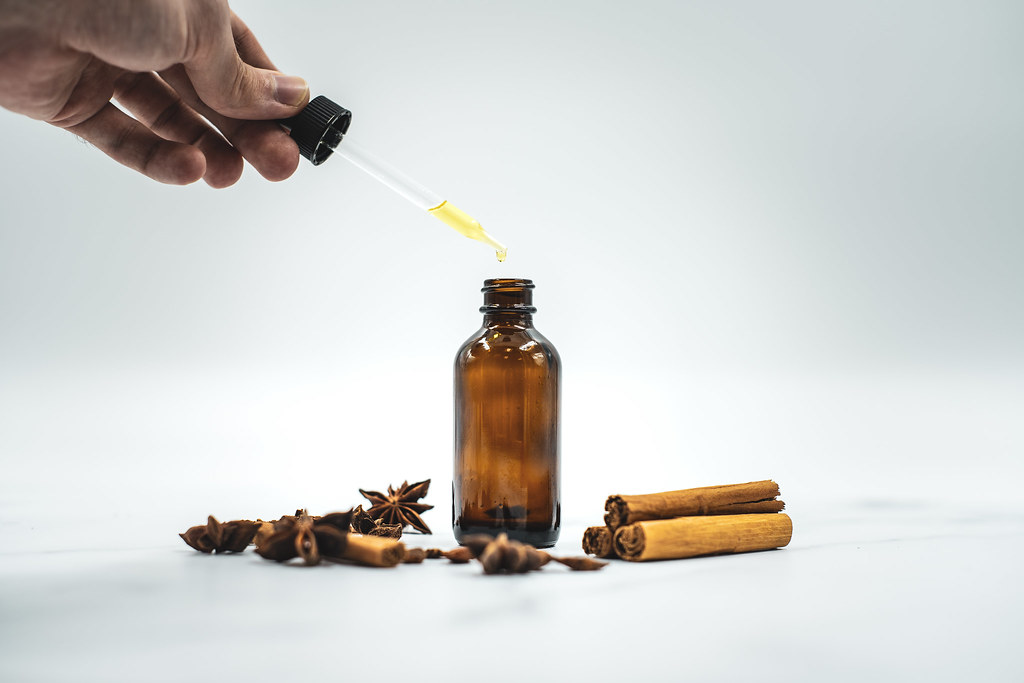
7. **Implementing Cinnamon Oil for Fungal Control and Bread Preservation**
Cinnamon oil is a highly versatile and potent plant-based preservative, widely recognized for its strong antimicrobial and antifungal properties. It contains several key active chemicals, most notably cinnamaldehyde, eugenol, and linalool, which are shared with clove oil and contribute significantly to its efficacy against various microorganisms. These compounds make it particularly effective in reducing the growth of yeasts and molds, common culprits in food spoilage.
Its application extends to prolonging the shelf life of diverse food items, such as dried fish, where it actively combats fungal proliferation. However, its utility is not limited to traditional uses. Innovative applications, such as in active packaging for gluten-free sliced bread, demonstrate its modern relevance. In these scenarios, cinnamon essential oil, often combined with modified atmosphere packaging (MAP), creates a powerful preservation system.
Research has shown that active packaging incorporating cinnamon essential oil can outperform MAP alone, leading to a greater reduction in microbial development. Crucially, this advanced preservation method does so while successfully retaining the desirable sensory qualities of the gluten-free bread. This highlights cinnamon oil’s capacity to not only enhance food safety but also to maintain product appeal, making it an excellent natural choice for modern food preservation challenges.
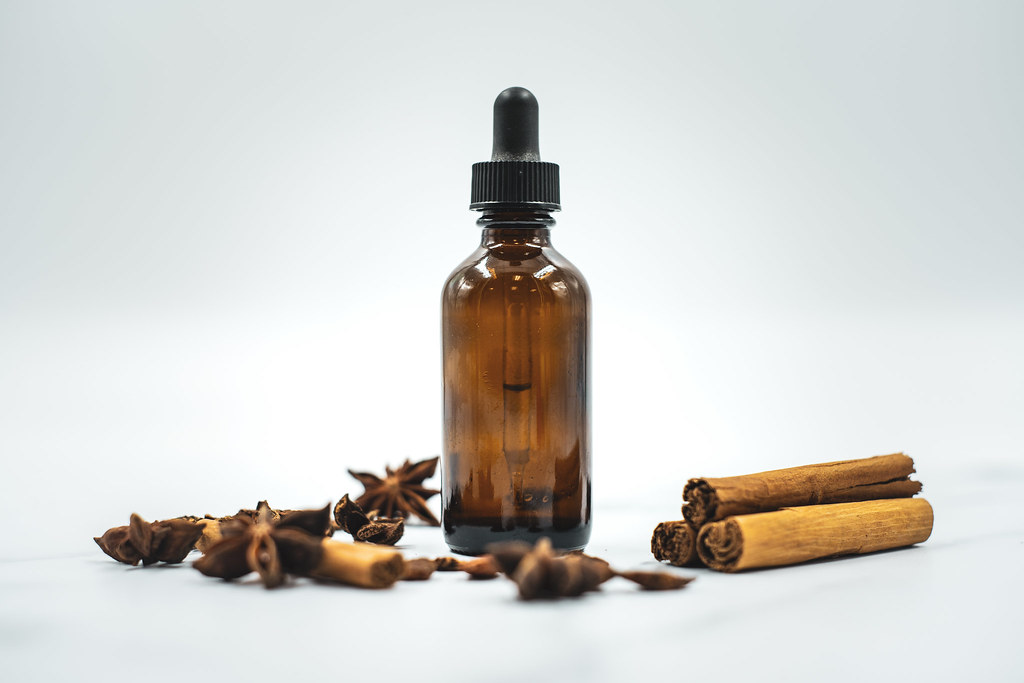
8. **Leveraging Clove Oil for Yeast and Mold Inhibition**
Similar to its aromatic counterpart, cinnamon oil, clove oil stands out as another highly effective plant-based preservative, particularly potent in combating fungal spoilage. This essential oil is rich in active chemicals such as cinnamaldehyde, eugenol, and linalool. These powerful compounds are responsible for its robust antimicrobial and antifungal properties, making it an invaluable natural agent in food preservation strategies.
One of the primary benefits of incorporating clove oil into food systems is its remarkable ability to reduce the growth of yeasts and molds. These fungal microorganisms are notorious for causing spoilage, leading to undesirable changes in texture, flavor, and appearance of food products. By actively inhibiting their proliferation, clove oil helps to maintain the integrity and quality of food over extended periods.
This makes clove oil an excellent choice for extending the shelf life of dried fish and other susceptible products. Its effectiveness in controlling fungal contamination contributes significantly to reducing food waste and enhancing overall food safety. Its natural origin and proven efficacy position clove oil as a smart, health-conscious alternative to synthetic antifungal agents, aligning perfectly with the growing consumer demand for natural food preservation methods.
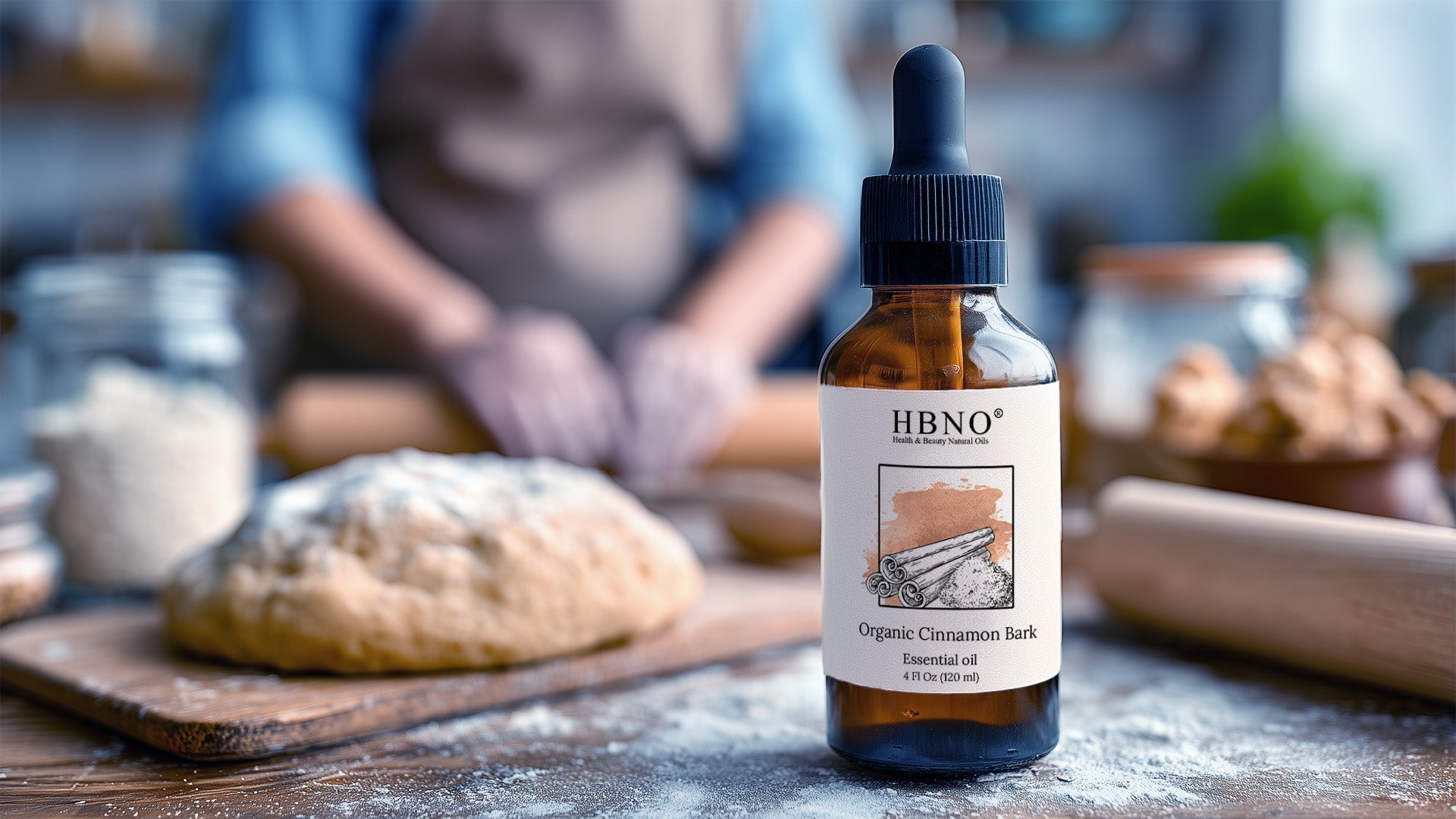
9. **Utilizing Citrus Peel Essential Oils in Bread Preservation**
Moving beyond common spices, the often-discarded peels of citrus fruits offer a remarkable source of essential oils with significant preservative capabilities. These oils are rich in compounds that naturally deter microbial growth, presenting an eco-friendly and effective solution for food manufacturers and home cooks alike. Their inherent properties make them particularly suitable for baked goods, where mold and bacterial spoilage can quickly diminish freshness.
Research, including studies by Rehman et al., has highlighted the diverse applications of citrus peel essential oils in products like bread. Their findings indicate a dual benefit: not only do these oils actively slow microbial growth, but they also positively influence the sensory properties of the bread. This means consumers can enjoy a product that stays fresh longer without compromising on taste or texture, often enhanced by the subtle, fresh aroma of citrus.
Specifically, applying citrus peel essential oil through spraying has been shown to yield the most inhibitory impact against a range of molds and germs that commonly affect bread. This method ensures an even distribution of the antimicrobial compounds, creating a protective barrier across the product surface. Such targeted application maximizes their effectiveness, significantly extending the product’s shelf life.
The integration of citrus peel essential oils represents a practical and healthy strategy for natural preservation. By repurposing agricultural byproducts, we can reduce waste while simultaneously offering a clean-label ingredient that aligns with consumer preferences for natural, safe, and wholesome food choices. This approach underscores the potential of plant-derived solutions to meet modern food preservation challenges effectively.
Read more about: Beyond the Plate: Some Genius Ways to Transform Leftover Herbs and Revolutionize Your Kitchen
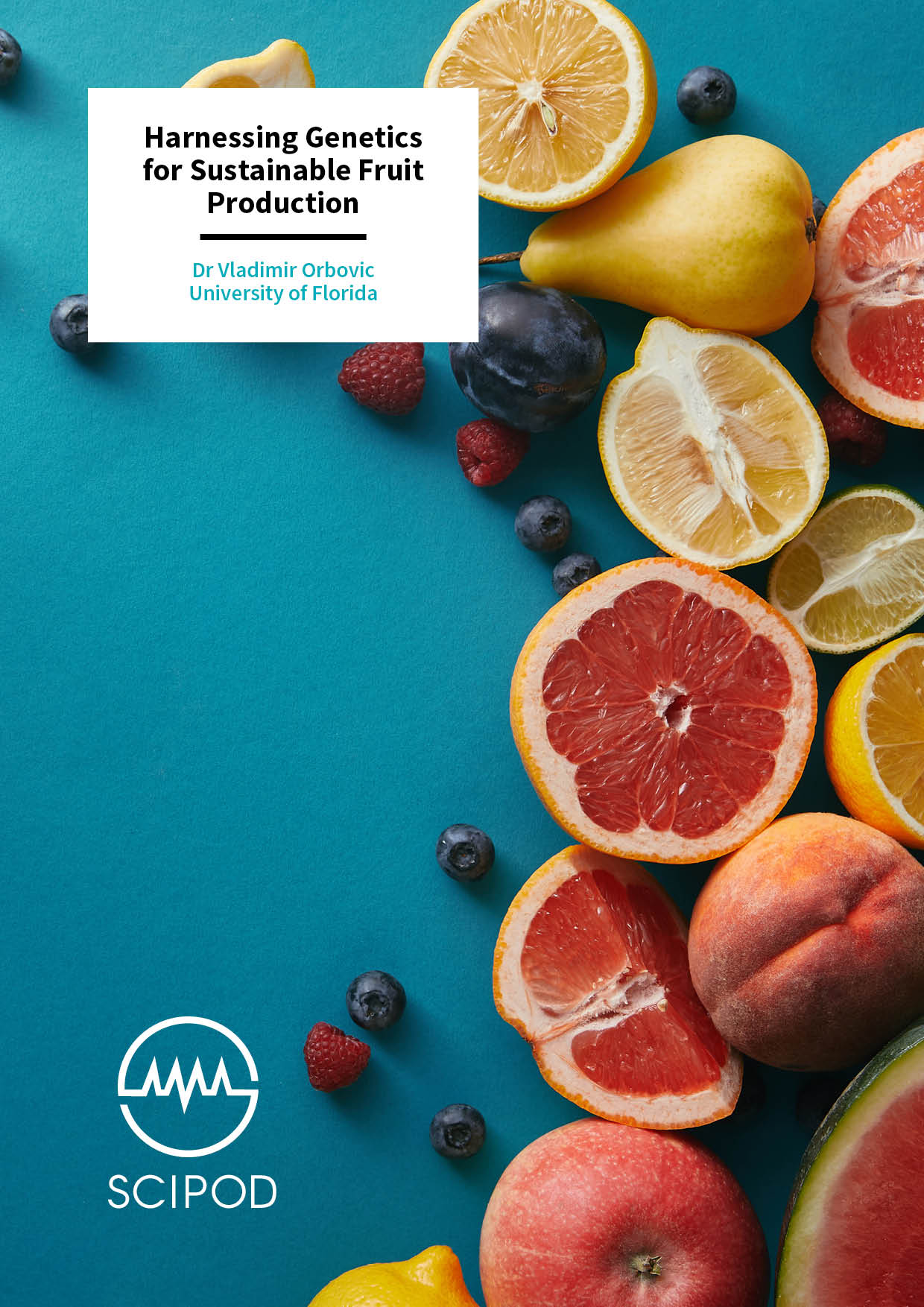
10. **Harnessing Red and Purple Fruit and Vegetable Juices for Broad-Spectrum Antimicrobial Effects**
The vibrant hues of red and purple fruits and vegetables are not just a treat for the eyes; they signify a rich concentration of compounds with potent antimicrobial properties. Beyond their nutritional value, these natural extracts, derived from sources like aronian berries, beets, blackberries, blueberries, cherries, cranberries, grapes, red onions, red cabbage, raspberries, pomegranates, and strawberries, offer exciting avenues for food preservation. They naturally arm our food with protection against harmful microorganisms.
Studies have meticulously explored the antibacterial effects of these colorful juices. Intriguingly, research indicates that while many green vegetables show limited or no antimicrobial action against certain bacteria like *Staphylococcus epidermidis* and *Klebsiella pneumonia*, their red and purple counterparts consistently demonstrate strong antibacterial activity. This distinction underscores the unique protective compounds present in these richly pigmented plants.
A compelling example of their efficacy is the proven ability of pomegranate juice to reduce the growth of *E. coli O157: H7*, a notorious foodborne pathogen. This specific inhibition highlights the targeted action of compounds within these juices, providing a natural safeguard against serious health threats. Incorporating such juices directly into food formulations can therefore offer a significant layer of protection.
The use of red and purple fruit and vegetable juices as natural preservatives aligns perfectly with the demand for clean-label ingredients. They provide both an antimicrobial benefit and an appealing natural color and flavor profile. This makes them an excellent choice for a wide array of food products, from beverages to processed foods, ensuring freshness and safety through nature’s own chemistry.

11. **Exploring Saponins and Flavonoids for Diverse Food Protection**
Beyond the more commonly recognized essential oils and phenolic compounds, plants offer a treasure trove of other protective substances, including saponins and flavonoids. These widespread secondary metabolites are found across various plant parts such as fruits, vegetables, nuts, seeds, stems, flowers, and leaves. Their ubiquitous presence and inherent biological activity make them highly valuable for enhancing food safety and extending shelf life.
Saponins, known for their foam-forming properties, and flavonoids, a diverse group of phytonutrients, have both demonstrated significant antibacterial activity. For instance, studies on extracts from *Bersama engleriana* (Melianthaceae) have revealed the potent antimicrobial capabilities of saponins and flavonoids obtained from its roots, stems, bark, leaves, and wood. This broad-reaching efficacy underscores their potential in various food applications.
These compounds are integral to the plant’s own defense mechanisms against pathogens and pests. When extracted and incorporated into food systems, they transfer these protective qualities, providing a natural shield against microbial spoilage. Their complex structures allow them to interact with microbial cell membranes and intracellular components, disrupting cellular integrity and inhibiting growth.
Leveraging saponins and flavonoids offers a versatile approach to natural food preservation. Their diverse sources mean they can be extracted from readily available plant materials, offering sustainable options for the food industry. By integrating these powerful plant-derived compounds, we can create food products that are not only safer and last longer but also align with the growing consumer desire for natural and healthful ingredients.
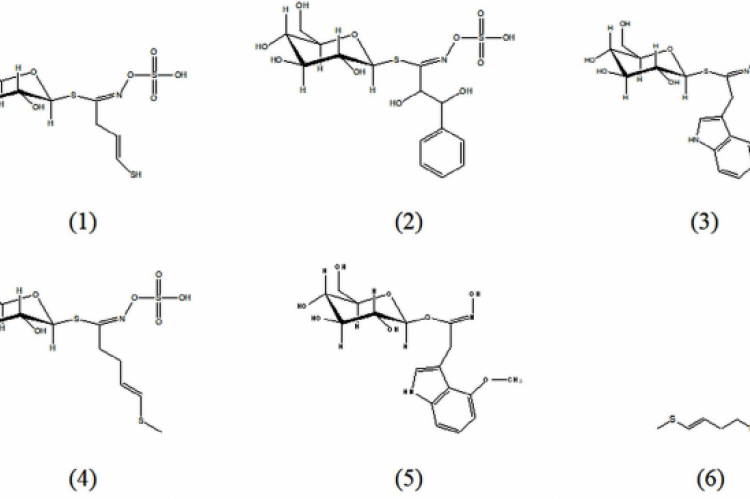
12. **Leveraging Glucosinolates and Their Hydrolysis Products as Potent Antimicrobials**
For those seeking robust natural antimicrobial agents, the cruciferous family of vegetables presents an unexpected powerhouse: glucosinolates. These unique secondary metabolites are abundant in familiar foods such as mustards, cabbage, cauliflower, Brussels sprouts, broccoli, kohlrabi, kale, horseradish, and radishes. They are an integral part of the plant’s natural defense system, and their derived products offer formidable protection against microbial invaders.
The true strength of glucosinolates as preservatives lies in their hydrolysis products. When glucosinolates break down, they yield compounds like isothiocyanates, which have been extensively studied for their significant antibacterial activity. Research has shown these hydrolysis products to be effective against a wide spectrum of microorganisms, including Gram-positive and Gram-negative bacteria, as well as various fungi.
This broad-spectrum efficacy makes glucosinolate hydrolysis products highly versatile in food preservation. They can be utilized either alone or in combination with other substances to enhance their antimicrobial reach. For instance, the antimicrobial activity of thiosulfinate, a compound closely related to glucosinolate breakdown products, has been specifically demonstrated against Gram-negative bacteria, highlighting their precise protective actions.
Incorporating glucosinolate-rich ingredients or their extracts into food systems offers a dual benefit. Consumers gain access to naturally preserved foods, while also benefiting from the inherent health-promoting properties of cruciferous vegetables. This method exemplifies how common dietary components can be innovatively harnessed to extend shelf life and reduce reliance on synthetic additives, contributing to overall food safety and well-being.
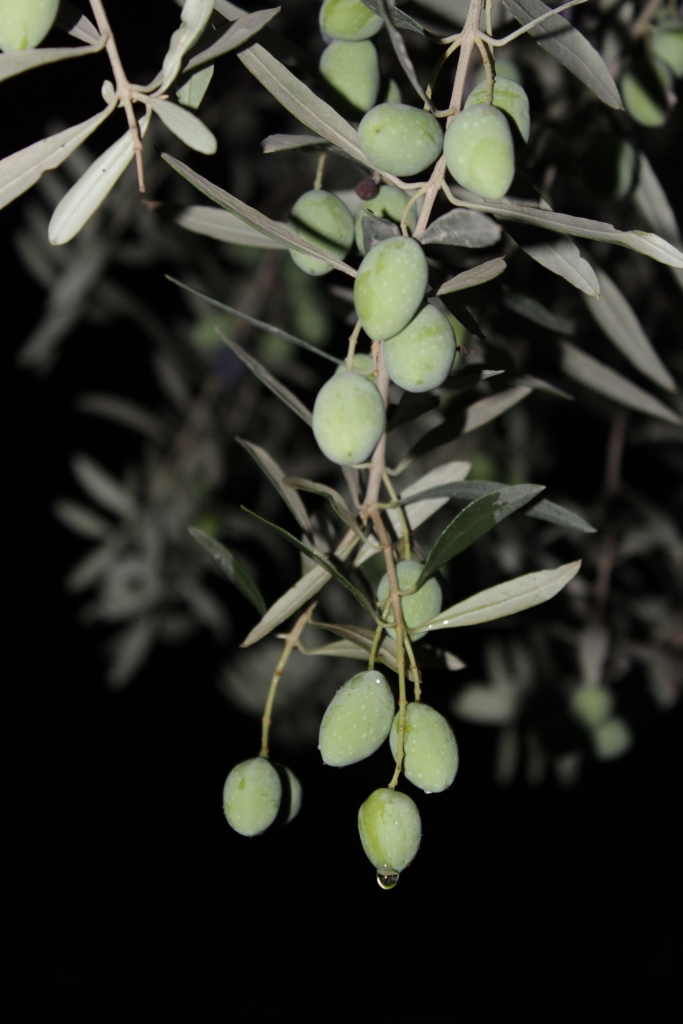
13. **Applying Olive Leaf Extract for Comprehensive Antibacterial and Antifungal Action**
The olive tree, revered for its fruits and oil, also offers a potent secret weapon in its leaves: olive leaf extract. This natural extract is gaining significant attention in food preservation for its impressive antibacterial and antifungal properties. Derived from a sustainable and readily available resource, olive leaf extract provides a powerful, natural solution for combating spoilage and pathogens.
Its efficacy has been well-documented in scientific studies. For example, an aqueous extract of an olive leaf at a concentration of just 0.6 percent (w/v) was shown to destroy nearly all tested bacterium cells within a mere three hours. While fungi like Dermatophytes and *Candida albicans* required higher concentrations (1.25 percent and 15 percent (w/v) respectively) for inhibition, this still demonstrates a comprehensive range of antimicrobial action, making it suitable for a variety of food preservation challenges.
The remarkable antimicrobial and antifungal capabilities of olive leaf extract are primarily attributed to its rich composition of phenolic substances. Key compounds such as caffeic acid, verbascoside, oleuropein, luteolin 7-O-glucoside, rutin, apigenin 7-O-glucoside, and luteolin 4-O-glucoside work synergistically to exert their protective effects. These natural chemicals disrupt microbial cellular functions, preventing growth and proliferation.
Beyond its role in preservation, olive leaf extract is also highlighted for its potential as a nutraceutical. Being a rich source of these beneficial phenolic chemicals, it not only extends the shelf life of food but also contributes to the health-promoting profile of the product. This dual advantage positions olive leaf extract as an invaluable natural ingredient for developing healthier, safer, and longer-lasting food options.
14. **Targeting *Listeria* with *Satureja horvatii* and Thyme Essential Oils**
In the ongoing quest for effective natural preservatives, certain specialized essential oils stand out for their targeted action against particularly challenging foodborne pathogens. *Satureja horvatii* essential oil and Thyme essential oil are prime examples, demonstrating significant inhibitory effects against *Listeria monocytogenes*, a bacterium of serious concern in various food products, especially meats.
Studies have illustrated the formidable power of *Satureja horvatii* essential oil. When tested at concentrations of 10 and 20 mg/mL, it achieved total inhibition of *Listeria monocytogenes* in pork meat, as reported by Bukvicki et al. This finding is critical, as *Listeria* contamination can lead to severe health issues and is a major concern for meat processors. The ability to achieve complete inhibition with a natural agent offers a valuable solution.
Thyme essential oil similarly proves to be a robust ally in the fight against *Listeria*. Research by Pellegrino and Tirelli showed that using Thyme EO at concentrations of 0.8% and 1.2% led to a reduction of viable *L. monocytogenes* counts by below 2 logs (CFU/g) from day six until the end of storage in minced fish meat. This sustained reduction is vital for maintaining food safety and extending the marketable life of perishable seafood products.
The effectiveness of both *Satureja horvatii* and Thyme essential oils against *Listeria monocytogenes* underscores their importance as natural, potent alternatives to synthetic preservatives in high-risk food categories. Their application can significantly enhance the safety profile of meat and fish products, aligning with consumer demand for cleaner labels and healthier food choices. These specialized EOs exemplify the precision and power of plant-based antimicrobial solutions.
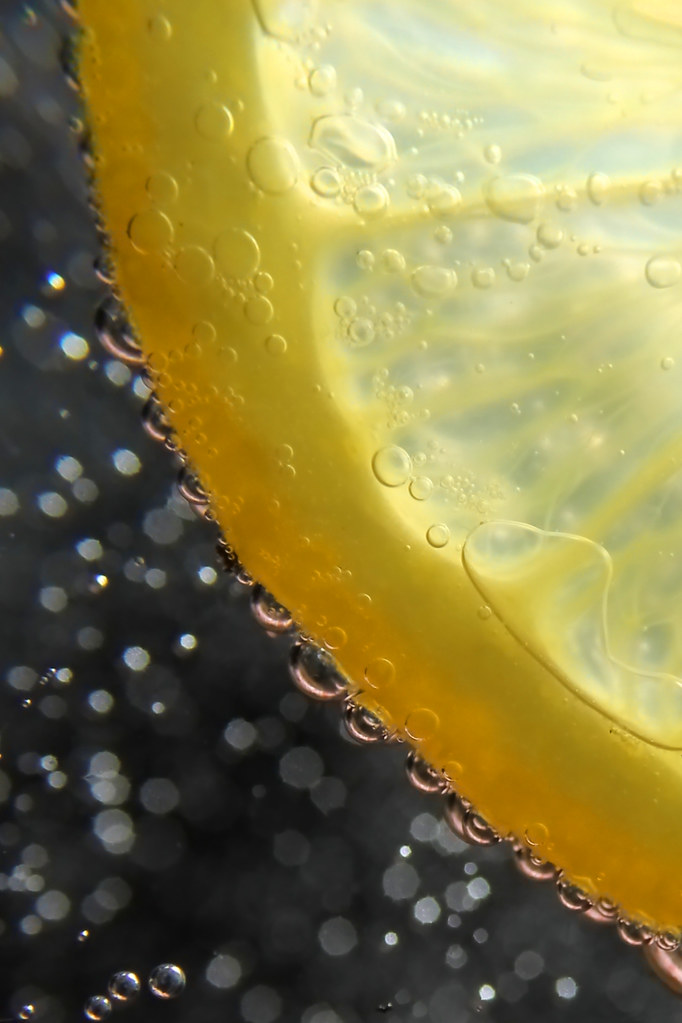
15. **Implementing Lemon Essential Oil for *E. coli* Control in Various Foods**
Lemon essential oil, renowned for its fresh aroma, is also a powerful natural antimicrobial agent, proving particularly effective against challenging pathogens like *E. coli O157: H7*. Its versatility and pleasant sensory profile make it an attractive option for enhancing the safety and shelf life of a wide range of food products, moving beyond traditional chemical interventions.
One notable application demonstrating its efficacy is in apple juice. Espina et al. found that combining lemon essential oil at 75 μL/L with a mild thermal treatment (54°C for 10 minutes) achieved a remarkable 5-log reduction in the initial *E. coli O157: H7* population. This synergistic effect highlights how lemon oil can work alongside other preservation methods to significantly improve food safety without resorting to harsh chemical additives.
Furthermore, the protective power of lemon essential oil extends to more complex food matrices. Kotzekidou et al. successfully applied lemon EO at a concentration of 0.1 mL/100 g in chocolate, observing a 1.7-log reduction in *E. coli O157: H7*. This indicates its broad applicability and ability to maintain antimicrobial activity even in foods with different compositions and water activities, crucial for varied food product development.
The implementation of lemon essential oil offers a dual benefit: effective pathogen control and a refreshing flavor enhancement that appeals to consumers. Its natural origin supports the clean-label trend, providing a wholesome alternative for food preservation. As we continue to seek safer and more natural ways to protect our food, lemon essential oil stands out as a bright, potent solution derived directly from nature’s bounty.
The journey through the world of plant-based preservatives reveals a rich tapestry of natural solutions, each offering unique benefits for extending shelf life and enhancing food safety. From the robust action of essential oils and phenolic compounds to the nuanced protection offered by fruit juices, saponins, glucosinolates, and specialized extracts, nature provides an extensive pharmacy of antimicrobials. Embracing these natural agents not only aligns with growing consumer preferences for healthier, more sustainably produced food but also fortifies our global food system against spoilage and pathogenic threats. The continuous exploration and innovative application of these plant-derived compounds promise a future where food is safer, fresher, and more nourishing, naturally.




